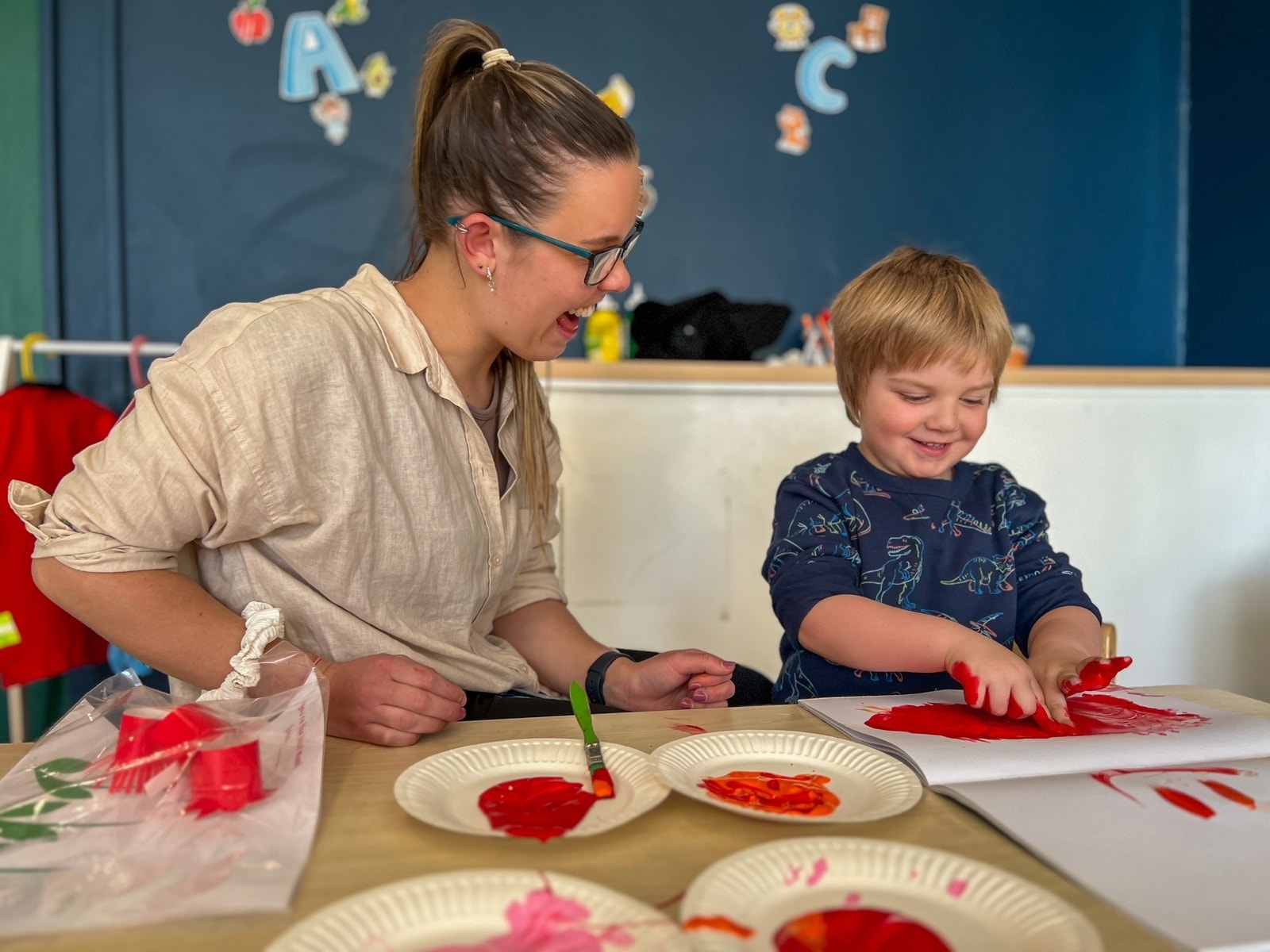What are ‘learning how to learn’ skills — and why are they so important for autistic children?

At Autism Partnership, you’ll often hear us talk about learning how to learn — but what does that actually mean, and why is it such a big focus in our early intervention programs?
Put simply, learning how to learn refers to the foundational skills that help a child engage in and benefit from teaching. These are the building blocks that come before more complex learning.
What are learning how to learn skills?
These skills include things that might seem simple, but are essential for meaningful progress. They may involve helping a child learn to:
- Engage with people and activities – including sitting, looking, listening,
- Follow simple instructions – such as “come here” or “give me the toy”
- Imitate – copying actions, gestures, or sounds, which is a key way young children learn
- Take turns and share attention – foundational for both play and communication
- Stay motivated and regulated – so they can participate in learning opportunities
These skills don’t always emerge naturally for autistic children or those with developmental delays. That is why they need to be intentionally and thoughtfully taught, in a way that is customised to a child’s individual needs.
Why do these skills matter for children with developmental delays and autism?
Without these foundational learning behaviours in place, it can be very difficult for a child to pick up more complex skills like communicating with others, playing and socialising, gaining independence, or academic learning.
That’s why at Autism Partnership, we prioritise “learning how to learn” early in our programs. By building these essential skills first, we help children become active, confident lifelong learners who are ready to thrive — not just with us, but in everyday life at home, kindy, school, and beyond.
Subscribe to our newsletter
For information about our FREE parent talks, handy resources and all our latest news.




